Is your child struggling with sight words? Check out these fun ideas of ways to practice sight words at home (without fussing, fighting, or grumpy kids!). We’ve got easy ways to turn those sight word practice sessions into playtime for kids, and they’ll be none the wiser.
I remember the first day my son brought home his list of sight words to memorize. This next building block in his life as a reader was going to be an exciting one. I knew my boy, who LOVES books, was going to love being able to enjoy them on his own.
But through our homework and practicing and constant reading is just. wasn’t. happening. I was sad and frustrated – and so was he. As kids started taking their tests – and passing them – and getting new tests, we went past frustration to discouraged.
But we refused to give up. We doubled down, and I asked myself- how can I make learning sight words fun for him, and not a struggle?
Here are a few things we did to help Cole practice sight words at home, wihtout turning it into a chore.. And we bet your kids are going to love (and learn!) with them, too.
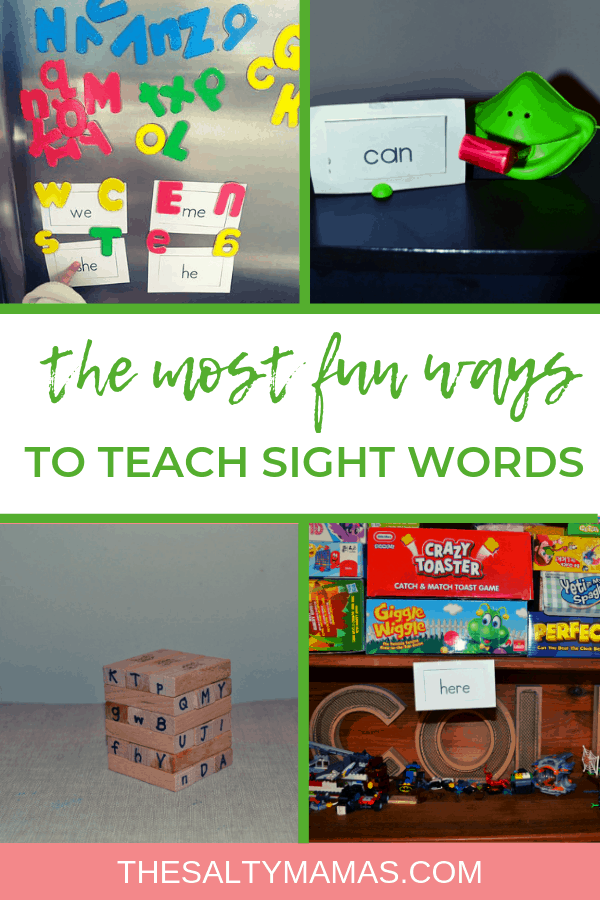
Put Flash Cards Around the House
One of the first things that we did was we plastered sight words all over the house. We decided together where to put them, and strategically put them in places that would trigger Cole’s memory.
“On ‘my’ door.”
“The games are ‘here’.
“I ‘like’ to watch TV.”

My son can see the word “here” now in it’s new location on the cupboard and remember his trigger. Initially, he would still need to close his eyes and think ‘it used to be by my games…..the games are ‘here’….’ before shouting triumphantly, “HERE!” Eventually, he could drop the mental recitation and recognize the word on it’s own.
It was a process, but it WORKS!
Related Post: The Worst Children’s Books (Like, EVER)
Build on What You Know
Week 1, Cole got the word “we.” It was one of the words that he was able to learn quickly and easily.
So when we finally got the Week 2 list and I saw that “he,” “she,” and “me” were on it? I immediately put all four words on our refrigerator, with “we” at the top. “We” served as a trigger to remind him that the other words were rhymes (something he finds much easier than sight words!)
Learning his new words went so much faster than the time it took to learn “we” because we didn’t have to reinvent the wheel.
Once he was getting the new words on a regular basis, I removed “we” from the list, to see if he could now do the new words without the trigger. And he could! After a while of reciting his three new rhyming words as a clump, I was able to split the words up and put them in different places – and alone – and he could still read them!
Don’t be afraid to use these little “cheats” to learn more words. Once they know them it won’t matter how they learned them.
Find Words EVERYWHERE
For our kid, words on a card didn’t mean much. So I was on a mission to find sight words in the real world. Once I started focusing on the words my son was supposed to be learning, I noticed them everywhere.
These high frequency words could be found on street signs, billboards, restaurant facades and more. When Cole needed to learn the word “not” he just wasn’t interested. When I could show him that the word appeared on street signs, and meant something telling us “DO NOT ENTER” he got interested!
He started being interested in all the signs in our community. We’d go on walks looking for sight words. As we came across more signs, and more sight words, Cole began to understand that reading these words was a part of understanding our community.
He gained the motivation he needed to see that the world is full of these words and the sooner he learns them, the more of the world he can participate in.
Related Post: How to Teach Your Toddler (or Preschooler!) to Read
Use Games for Fun Sight Word Practice at Home
Fun fact – kids don’t LOVE just sitting around doing flash cards – or at least mine sure don’t! But they love playing games. So here are some of the games that we played that helped Cole practice sight words at home – without him even realizing he was learning!
Mega Bloks Sight Words Game
We love blocks around here, and have them EVERYWHERE. So when I saw the idea of using Mega Bloks to help with sight words I grabbed a Sharpie and defiled all of our blocks. They’re still just as fun to build castles with, but also great for building words. And, they’re SUPER affordable, so you can buy one of the giant bags and use a ton for words, and leave plenty alone!
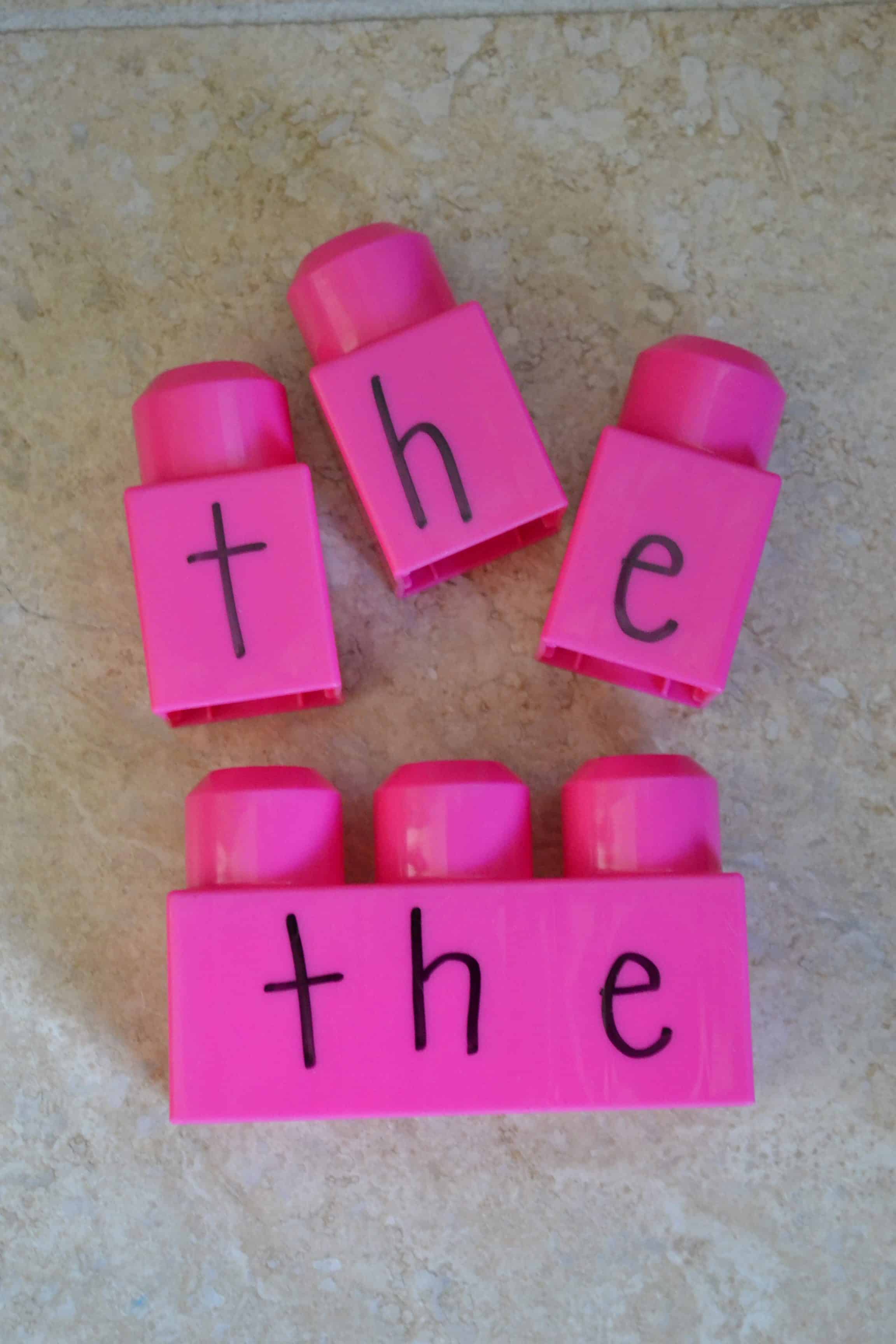
Don’t forget to add some words your kids love just for fun, even if they aren’t going to be on any sight word lists anytime soon.
I’m not saying we have any Mega Bloks that spell ‘fart’ but I’m not saying we don’t…..
DIY Sight Word Jenga
This one is great, because it’s just the usual game of Jenga, with ways to score points. All you need is a basic Jenga set and a Sharpie. Grab a fine point Sharpie because the ink does tend to bleed a little in the wood.
You can start with your kids’ first sight word list and write those on a few blocks and add words as your child gets assigned more words from school. For an added bonus, I’ve added letters onto the sides of the blocks.
To play, my son announces which letter block he’s going to choose and then must pull the right block. This gets him one point. Then, if he can read the word written on the block he gets another point. Set it on top without toppling the stack and he gets a third point.
It’s a little more work, but no less fun, and a great way to reinforce letters and high frequency words!
A Sight Word Twist on Tic Tac Tongue
When my son got Tic Tac Tongue for a birthday gift, he freaked out for the frog masks and the tongues that shot out. I mean, what 5 year old boy doesn’t want to pretend to be a frog?
Then the first time we actually played the game I realized that it would be perfect for practicing sight words in a super silly way. The game comes with numbered cards that players are supposed to shoot down in a race with their frog tongue masks.
Once I saw how much fun my 5 and 3 year olds were having with numbers, a light went off in my head! Why couldn’t I use this for sight word practice? Index cards fit great into the card holders and Cole loved racing to knock down the right sight word.
Does it look crazy? YEP! Is that exactly why it’s a great tool to use for a little boy struggling with high frequency words? ABSOLUTLEY!
Sight Word Balloons
One of my children’s favorite things to do are bat around balloons I’ve blown up. So whenever I’m at the dollar store, I grab a pack of a dozen balloons for the next time we’re trapped inside on a rainy day or home sick. During one of these trips to the dollar store, I realized that writing sight words on balloons could be a fun surprise!
The next day, while Cole and the girls were at school, I blew up the balloons and wrote words on them and put them in my sons room. He was surprised – and thrilled – to see all the balloons when he get home.
That night, my husband and I grabbed a couple beers, sat on the couch, and assigned Cole sight words to go find on the balloons. We listened to the unstoppable giggles and squeals coming from our son’s room as Cole and his sisters searched every balloon.
Every few minutes he would run out with the right balloon before heading back into his room to search for his next assigned word.
Is this the most efficient way to learn sight words? No. But for my kid that is struggling and wants to give up trying? It keeps it fresh and fun.
Don’t Get Discouraged
Perhaps the biggest piece of advice I can give anyone that’s trying to practice sight words at home, and struggling, is to relax. Take breaks. Don’t stress yourself or your child out.
There are some insane expectations put on our children. What’s worse is the expectation it can feel like other parents are putting on us and our kids. So don’t get discouraged. Don’t get caught up in the competitive discussions about “what sight words list is your kid on?”
And please – please, please, PLEASE – know that you are doing a great job trying to figure out how to learn sight words at home. If you weren’t, you wouldn’t be on Google or Pinterest or just following Mommy Blogs looking for information. You got this – and we’re right there with you!
Found this information helpful? Check out these other educational tips and hacks!

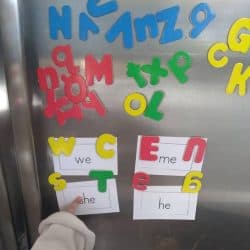
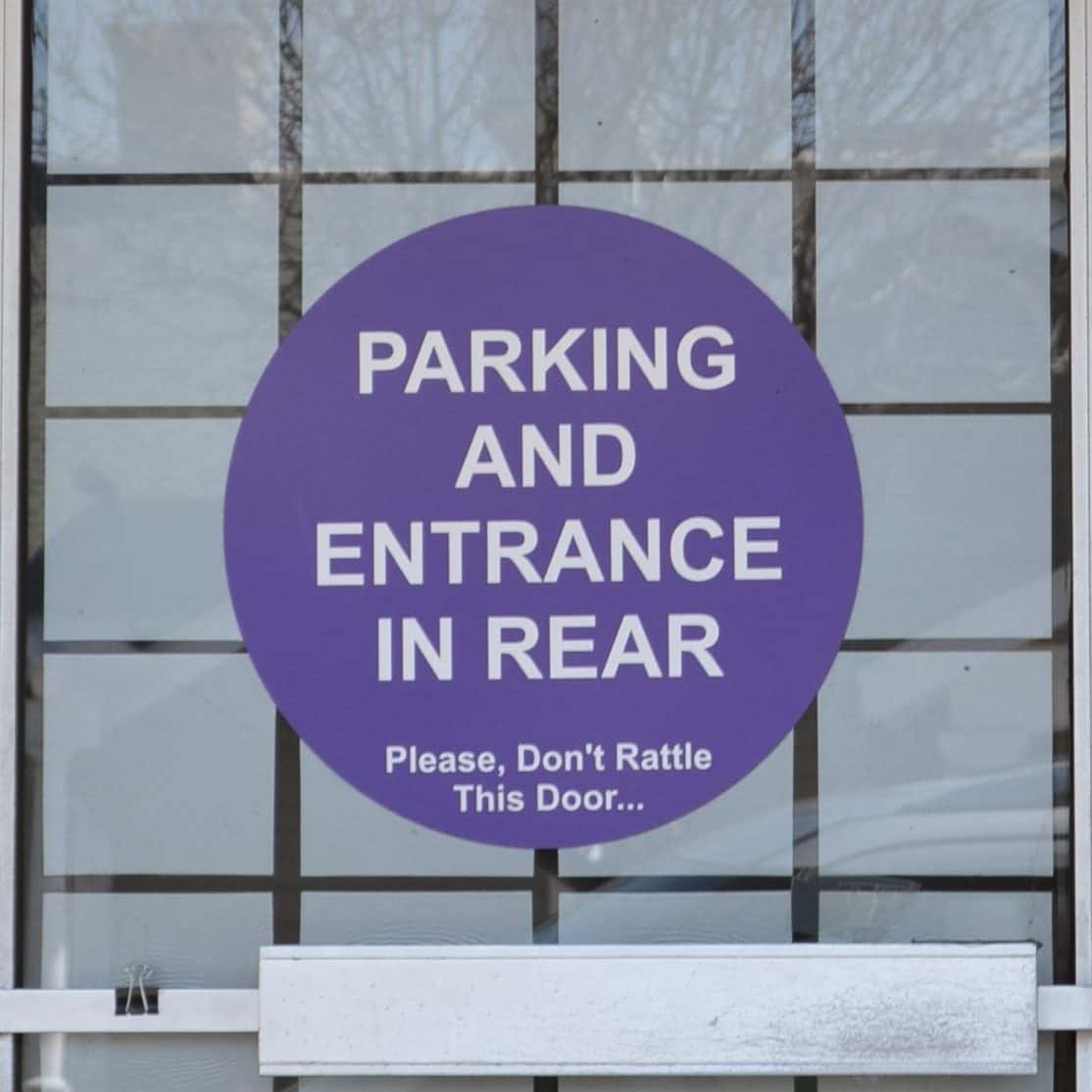
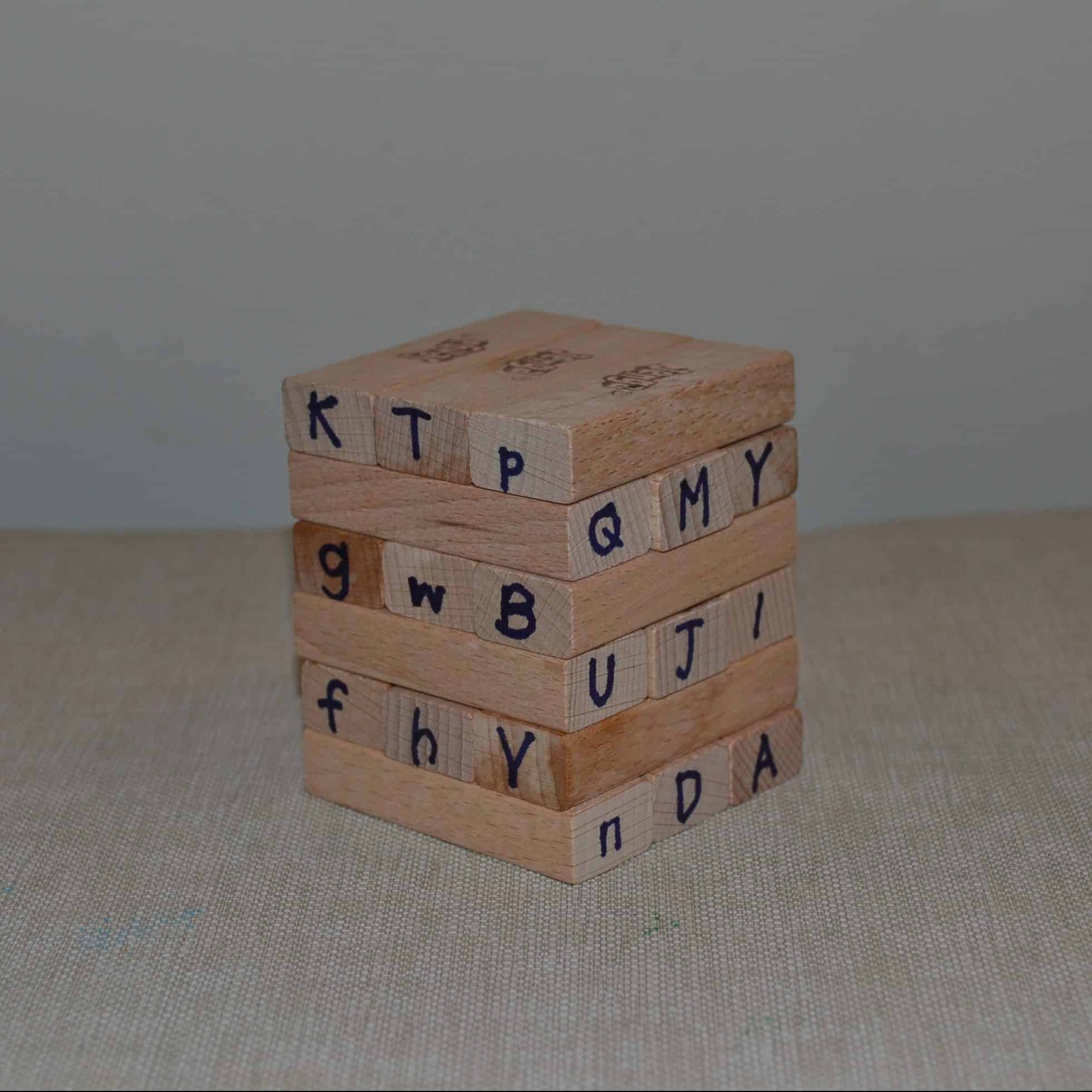
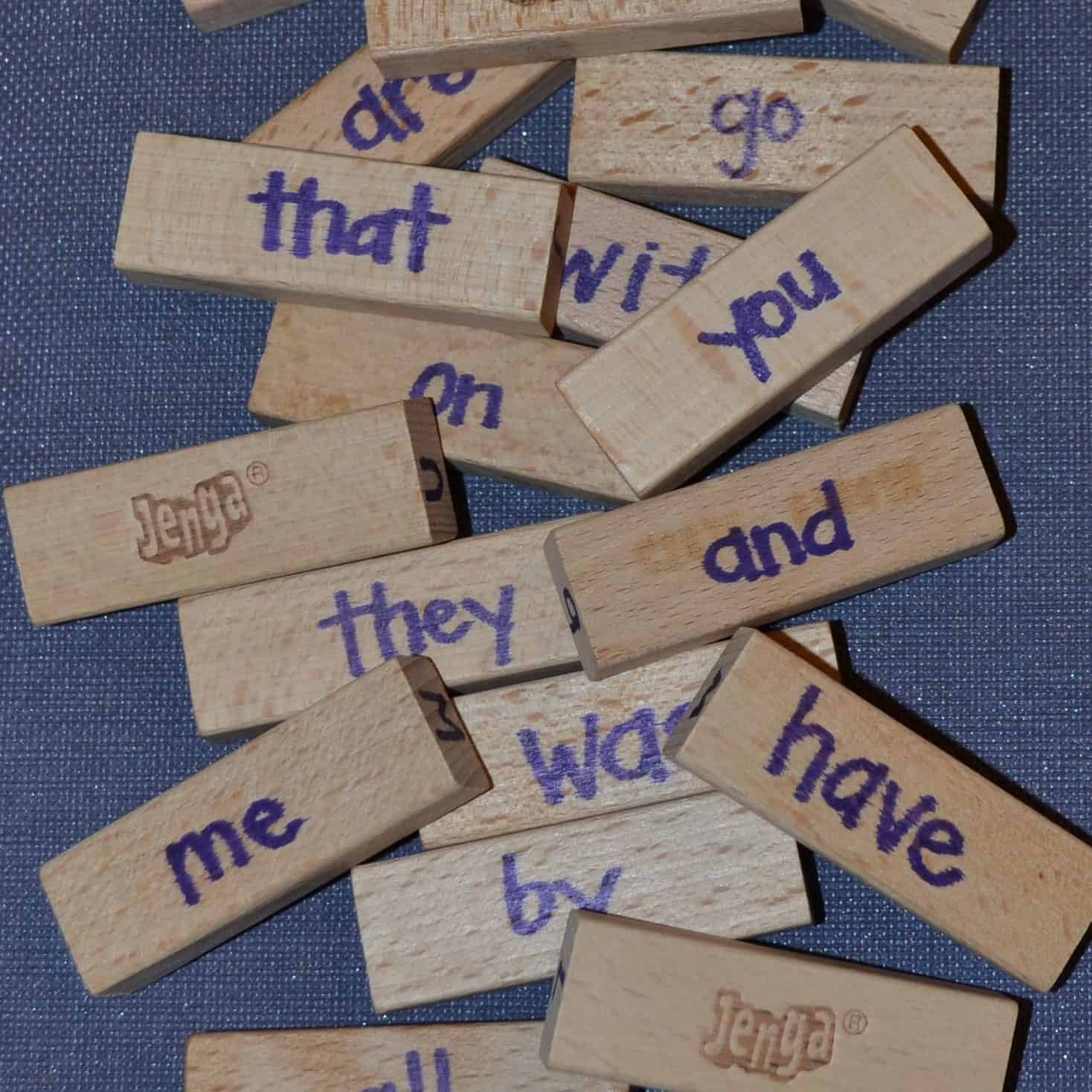
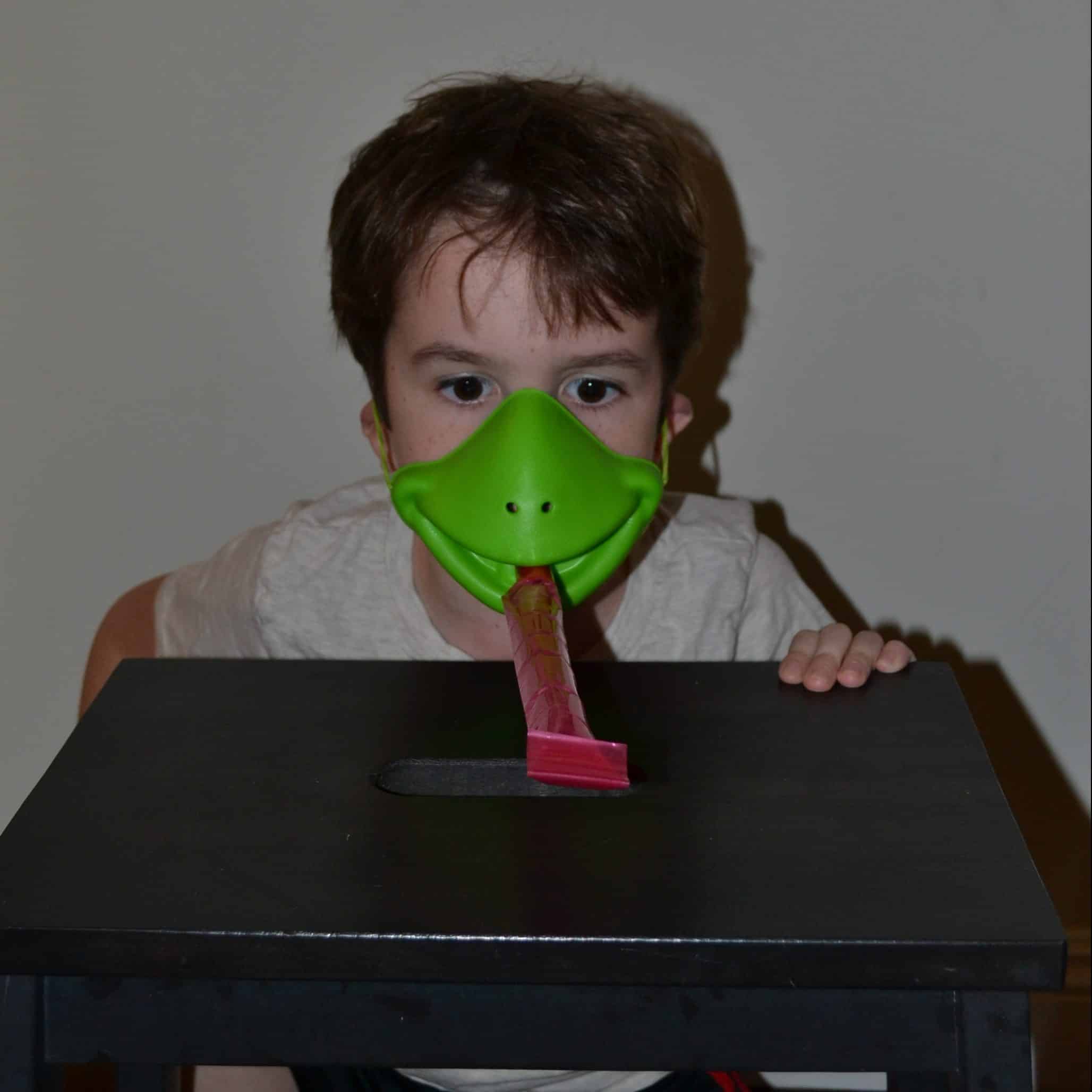
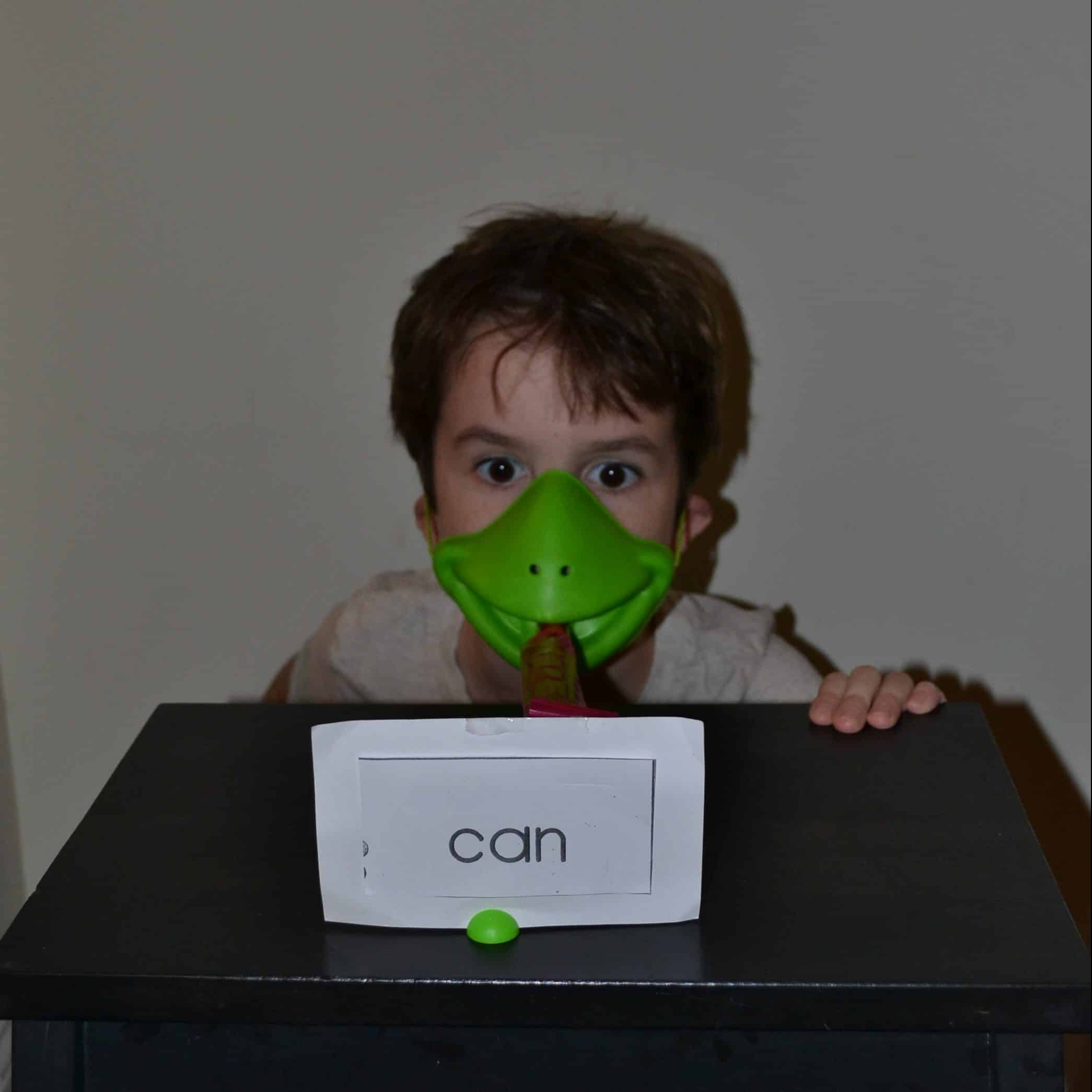
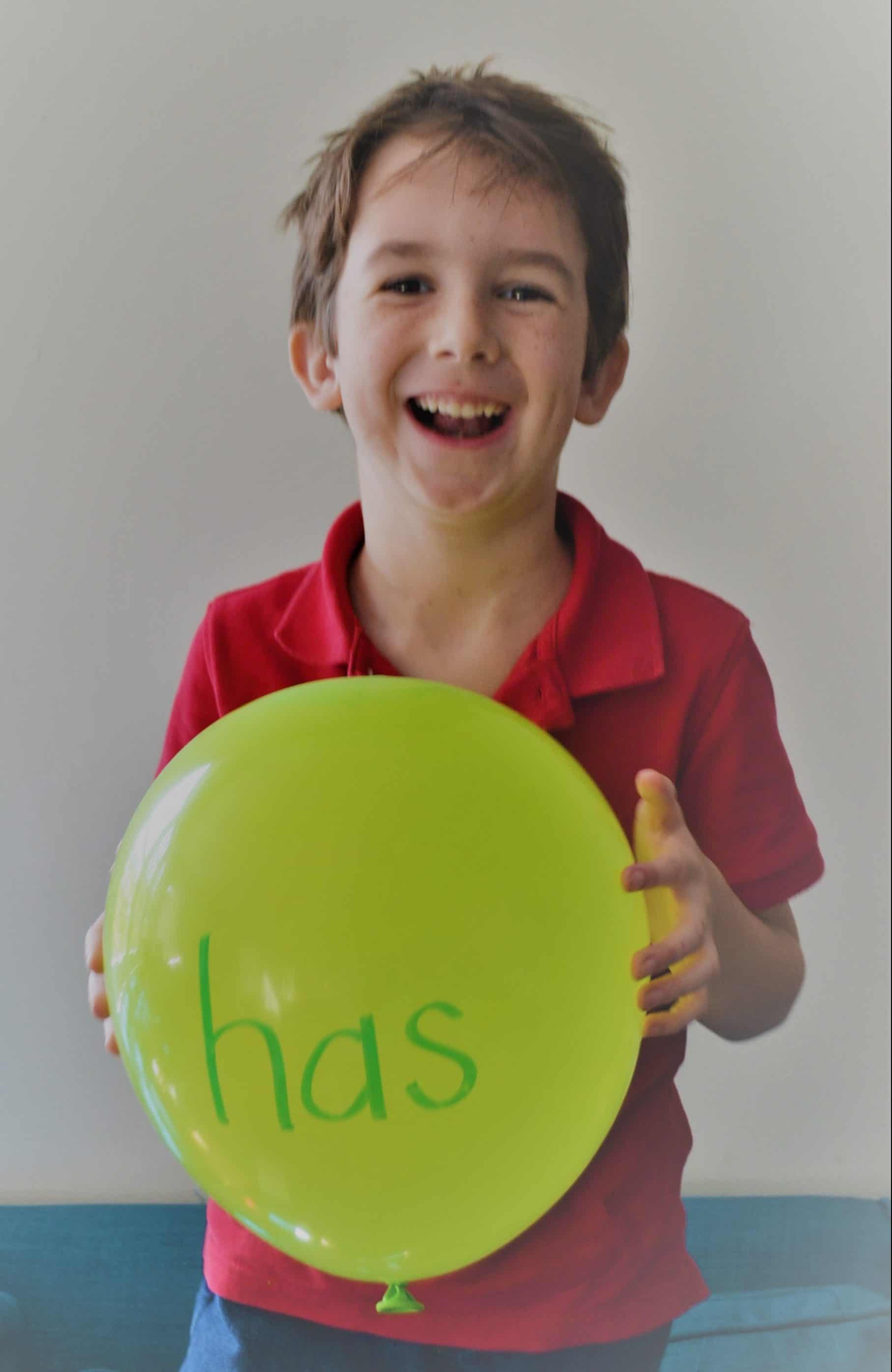
Thank you so much for these ideas!!!
You’ve gotta get creative when teaching sight words to kids- especially when the school’s way isn’t working for them!